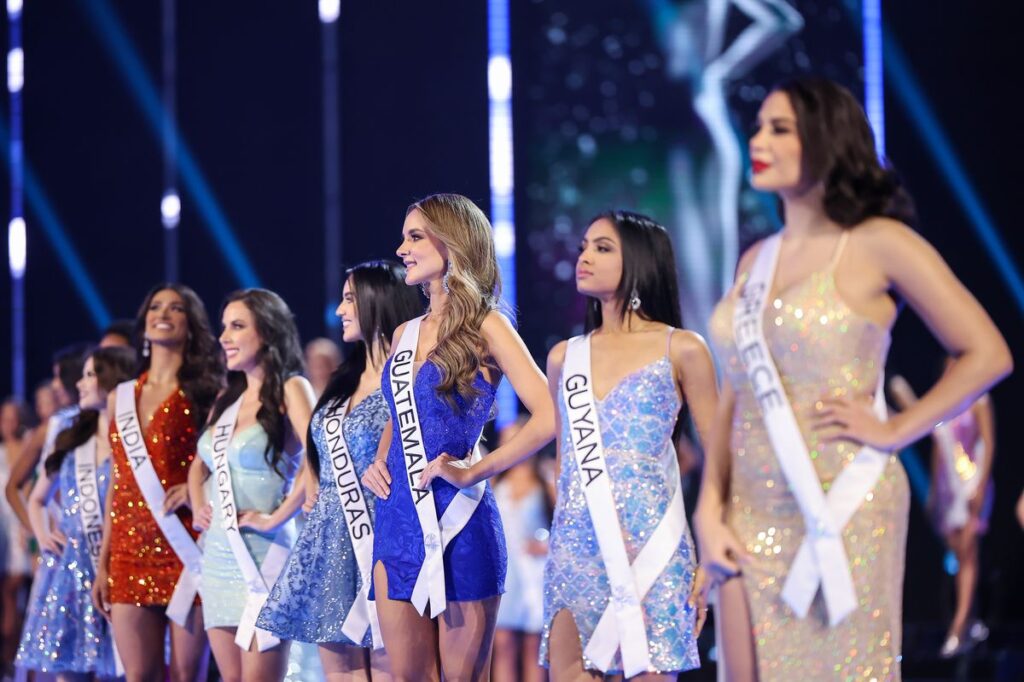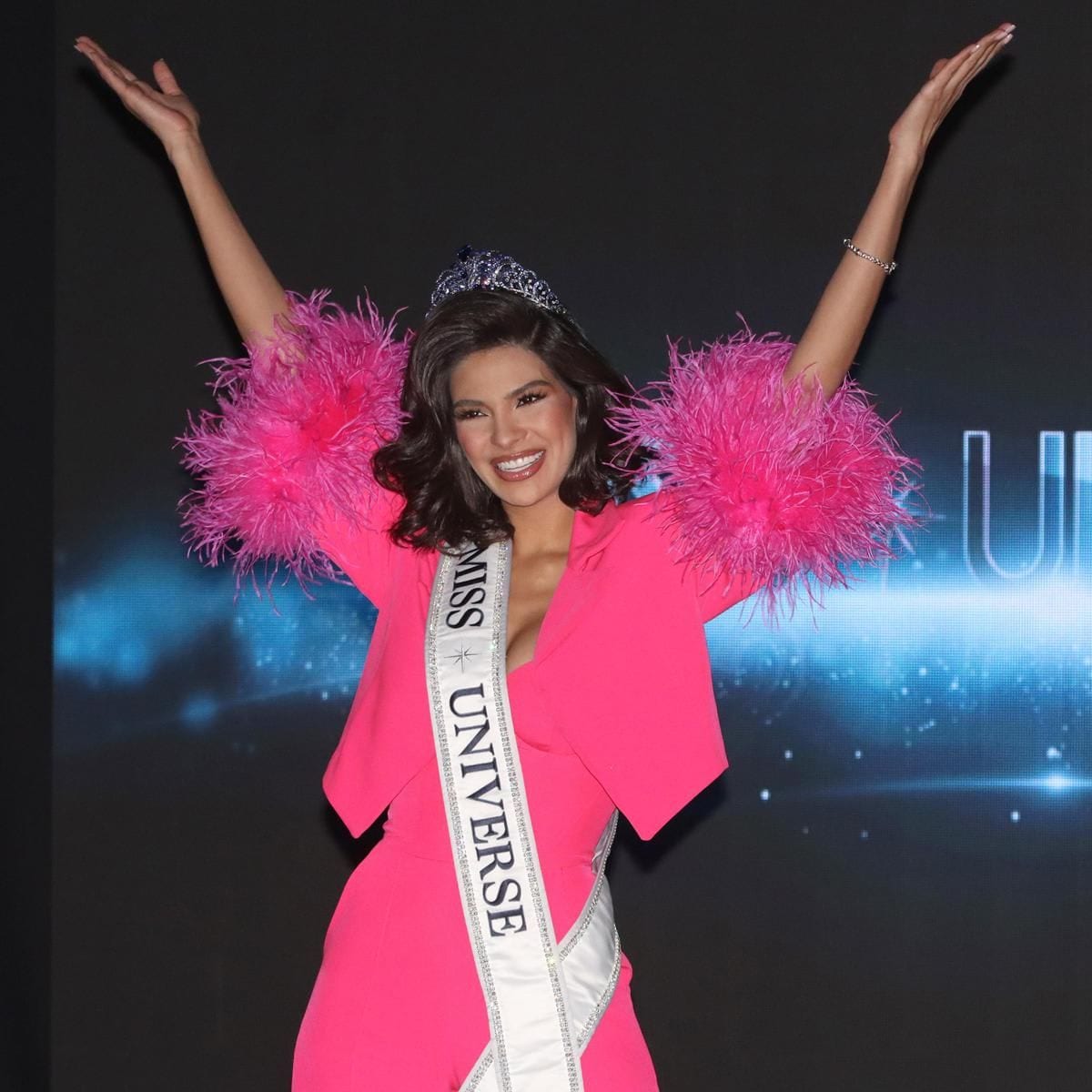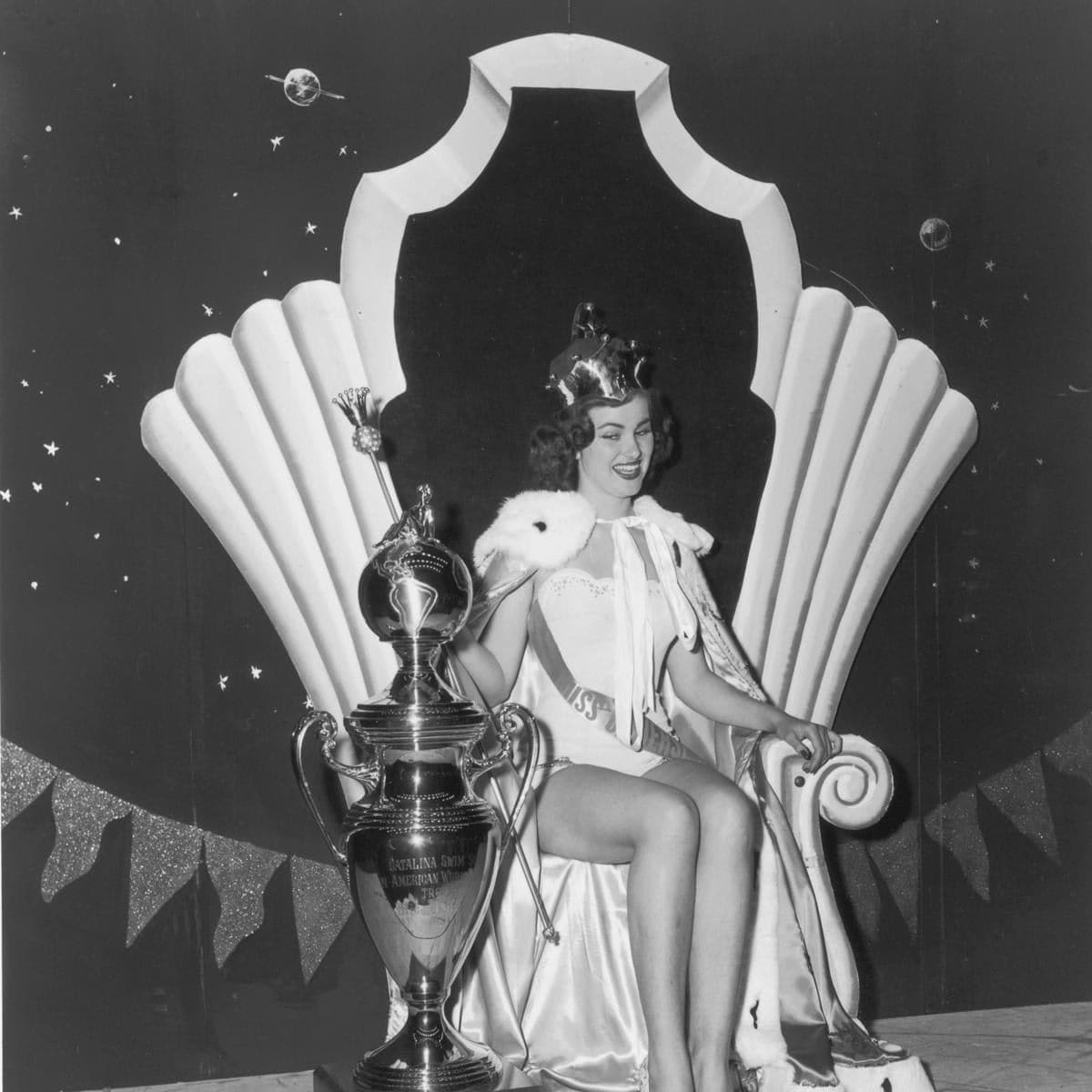The Miss Universe pageant has significantly evolved since its debut in 1952. What began as a straightforward competition of physical beauty has transformed into a multifaceted event that now values intellect, communication skills, and diversity.
The recent changes in the contest’s rules reflect an effort to modernize the event, making it more inclusive and aligned with contemporary values. Here’s a look at some traditions and rules that have been retired, changing the Miss Universe experience as we know it.
Is physical beauty the only thing that matters in Miss Universe?
In past decades, Miss Universe was primarily focused on physical beauty, but by the 1990s, the contest shifted toward a 360 approach. The emphasis moved away from appearances alone, placing greater importance on each contestant’s intellect, communication skills, and personal achievements. This new focus allowed the pageant to celebrate well-rounded individuals who excel in various areas, reshaping the image of the “ideal” Miss Universe.
Is there an age limit in Miss Universe?
In its early years, Miss Universe limited contestants to women aged 17 to 24, a narrow age range that left many aspiring participants out. The age limit was later adjusted to include contestants from 18 to 27. However, in 2024, the pageant took a groundbreaking step by eliminating the upper age limit altogether. Now, women of any age are welcome to participate, opening up the pageant to a more diverse range of candidates and honoring the accomplishments of women at every stage of life.
Can a Miss Universe be married and have kids?
Miss Universe had strict rules about contestants’ marital and parental status for decades: participants could not be married, divorced, or mothers. This restriction changed in 2023, allowing contestants regardless of their relationship or parental status. This move brought contestants like Miss Universe Brazil, Luana Cavalcante, and Miss Universe Costa Rica, Elena Hidalgo, to the stage, giving the competition a more inclusive spirit and allowing a broader representation of women’s experiences.
Do Miss Universe winners still receive a cape and a jeweled scepter?
In Miss Universe’s earlier years, the coronation ceremony resembled royal pageantry, complete with a grand red ermine cape and a jeweled scepter. These items were symbols of grandeur, designed to portray the new Miss Universe as a queen. The cape was phased out in 1971, and the scepter followed a few years later, with Anne Marie Pohtamo from Finland being the last to hold one in 1975. Today’s coronation focuses on a simpler, more modern aesthetic, spotlighting the winner rather than lavish accessories.
Does the Miss Universe winner recite the “Misses’ Oath” after the coronation?
In 1960, the Miss Universe pageant introduced a solemn oath recited by the newly crowned winner, in which she promised to spread peace, tolerance, and understanding across the globe. This oath reflected the idealistic spirit of the time but was discontinued in 1990. While the oath no longer appears in the ceremony, its spirit of promoting global unity and understanding underpins the pageant’s mission, emphasizing Miss Universe’s role as a cultural ambassador.
A Modern Miss Universe for a Changing World
The recent shifts in Miss Universe reflect a broader societal desire for inclusivity, authenticity, and diversity. Today, Miss Universe is not just about beauty; it’s a platform where women from all walks of life can showcase their stories, aspirations, and contributions. With these changes, the pageant remains relevant and inspiring, showing that true beauty lies in a woman’s ability to impact the world around her positively.



